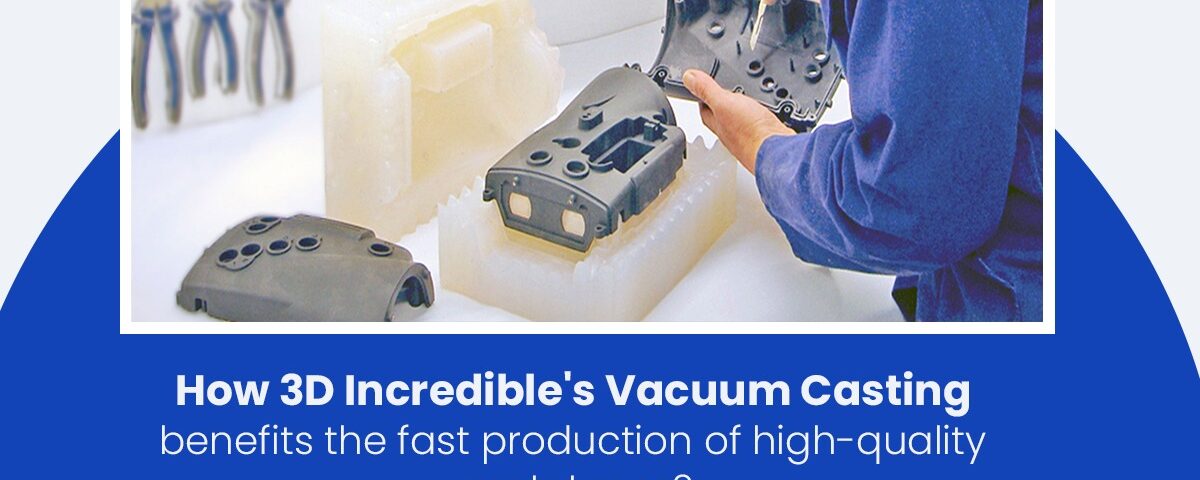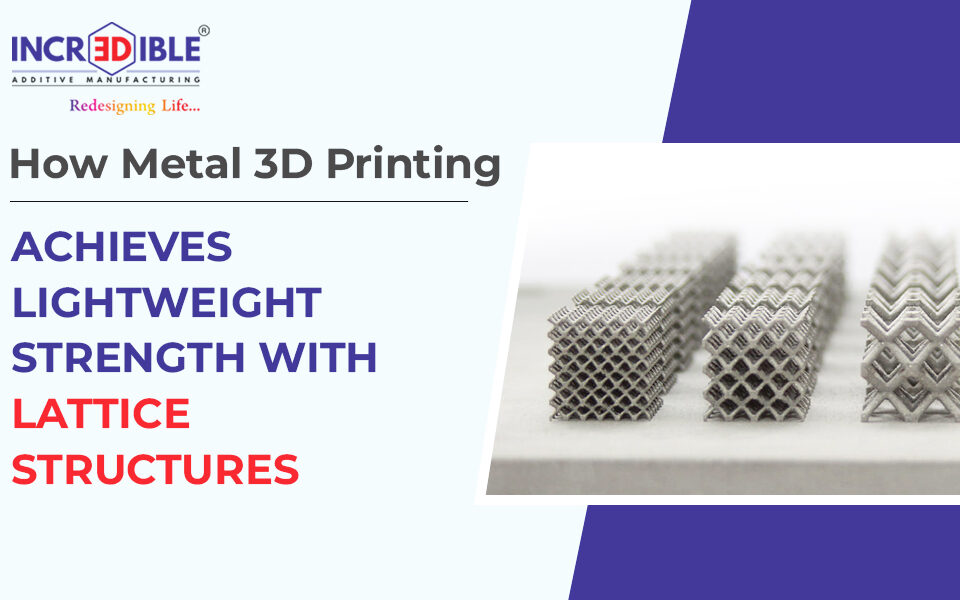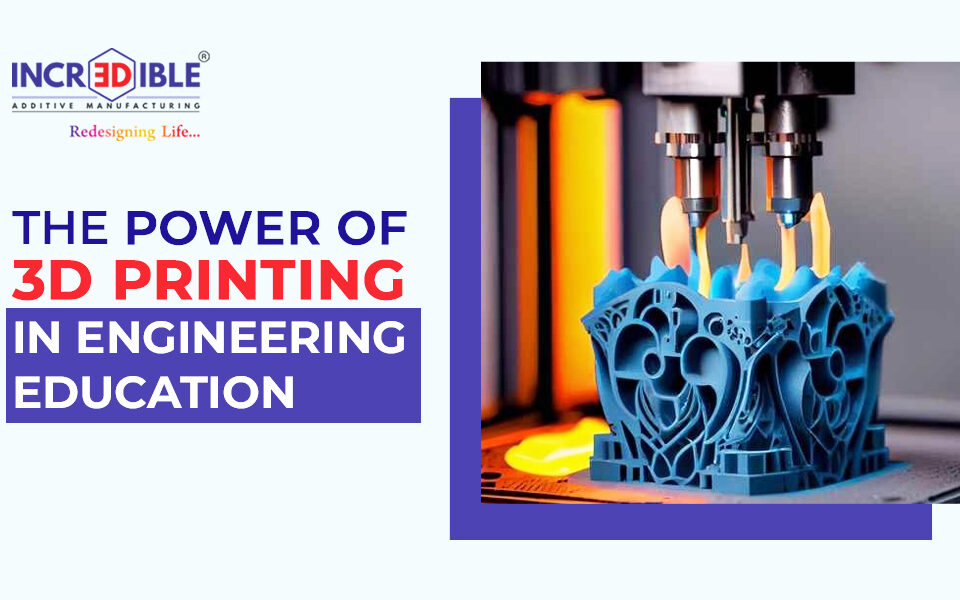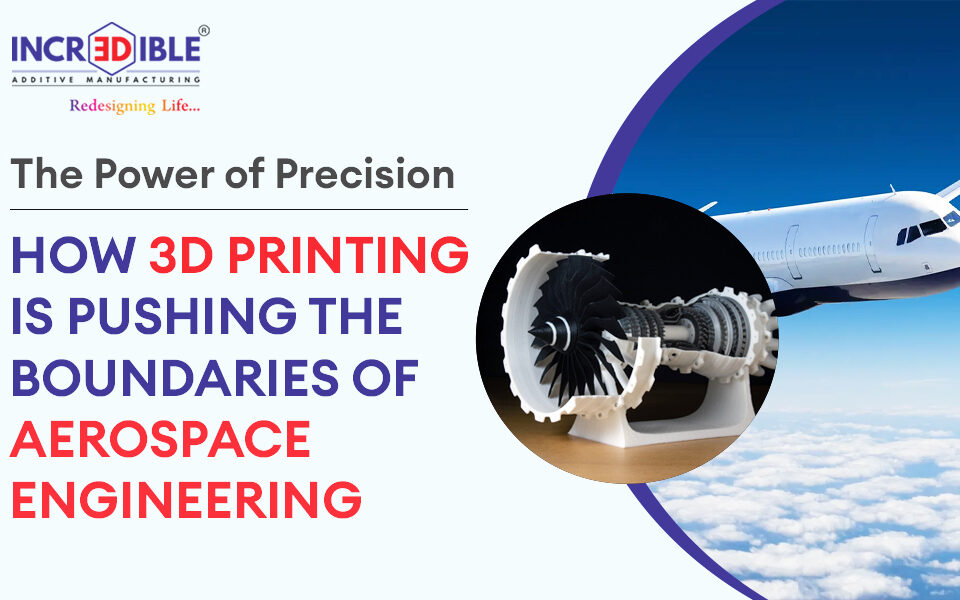If you’re wondering what the most cost-effective way to make any prototype is, it may be time to set your sights on vacuum casting. Vacuum casting—sometimes referred to as urethane casting or polyurethane casting is one of the most widely used techniques for the development of high-quality prototypes. Vacuum casting is a flexible and effective method for making high-quality rapid prototypes and end-use parts in low volumes, and is considerably faster than other manufacturing processes. The process uses pourable casting resins and silicone molds, which can be reused for about 20 times to make perfect copies of master patterns. A leading company like 3D Incredible, focuses on all the benefits of metal 3d printing services like vacuum casting and tries to pass it on to its customers.
Let’s take a closer look at the benefits of vacuum casting for rapid prototypes and why you may want to consider it for your next prototyping project.
Key Benefits of Vacuum Casting for Rapid Prototypes
1. Quality
The quality of cast parts is brilliant, easily copying even very fine surface details from the original. This is why it’s so important to prepare the master patterns carefully. Vacuum casting creates high quality copies with excellent surface details. Finished copies can be painted, printed, or machined as necessary to improve appearance and function.
2. Speed
Compared to the time it takes to make mass production of hard tools out of steel – which could take a few weeks – parts can be prepared and delivered in a matter of days. Conventional manufacturing time line extends depending on the size and quality of your parts. This can be a critical factor if you’re trying to meet a tight deadline, like getting display models ready for an upcoming trade show or crowdfunding campaign. Here vacuum casting comes to your rescue by its speedy manufacturing advantage. 3D Incredible is one of the leading additive manufacturing company in India, which has understood this advantage and focusing on it.
3. Versatility
Traditional casting has material limitations but that is not the problem in vacuum casting. There are numerous casting resins available that replicate the look, feel and mechanical performance of most standard thermoforming resins like nylon, ABS or polyethylene. While enjoying speed as the advantage of rapid prototyping you don’t need to sacrifice functionality. And for even more options can be made available, which can be over molded to create various surface textures and hardness in one unit.
4. Cost-Effectiveness
As the well-known advantages of metal 3d printing, cost effectivity remains the main highlight in vacuum casting too. Once the master patterns have been prepared, vacuum casting is the most economical way to make high-quality replicas. This is because money is not being invested in making hard tools, as would be the case for plastic injection molding or pressure die casting. That savings, in turn, can be invested in further product development or alternate design iterations. Further, the process uses much less electricity than injection molding, die casting or CNC machining. That cost would otherwise be passed on to the customer. Taken together, the savings on tooling, materials, and energy and labor costs can be significant.
5. Complementing to other processes:
In the world of rapid prototyping, vacuum casting is a valuable technique, which can complement other processes, like CNC machining and 3D printing, or be used independently to advance product development with high-quality prototypes. There are many reasons to use it for rapid prototyping applications.
Conclusion: With the wide array of benefits of vacuum casting for rapid prototypes, it might be wise to invest in a vacuum casting service. 3D Incredible AM Pvt. Ltd. have everything in-house to offer a great vacuum casting solution for rapid prototypes and end-use parts. With our experienced staff, finishing services and quality inspection, you’ll get best quality parts.




